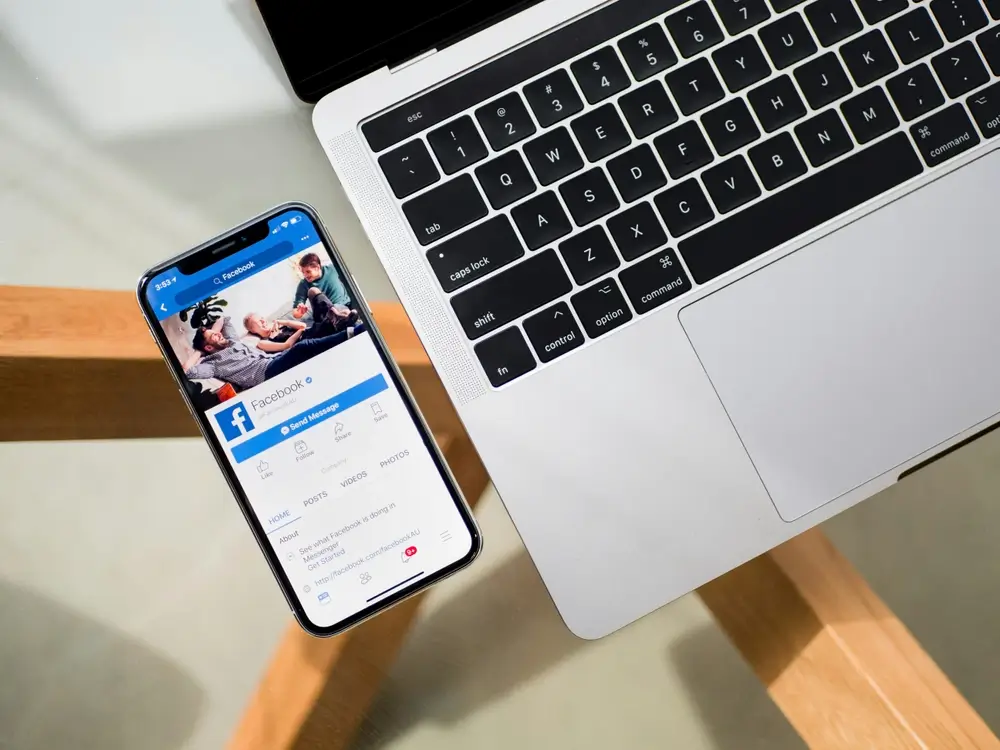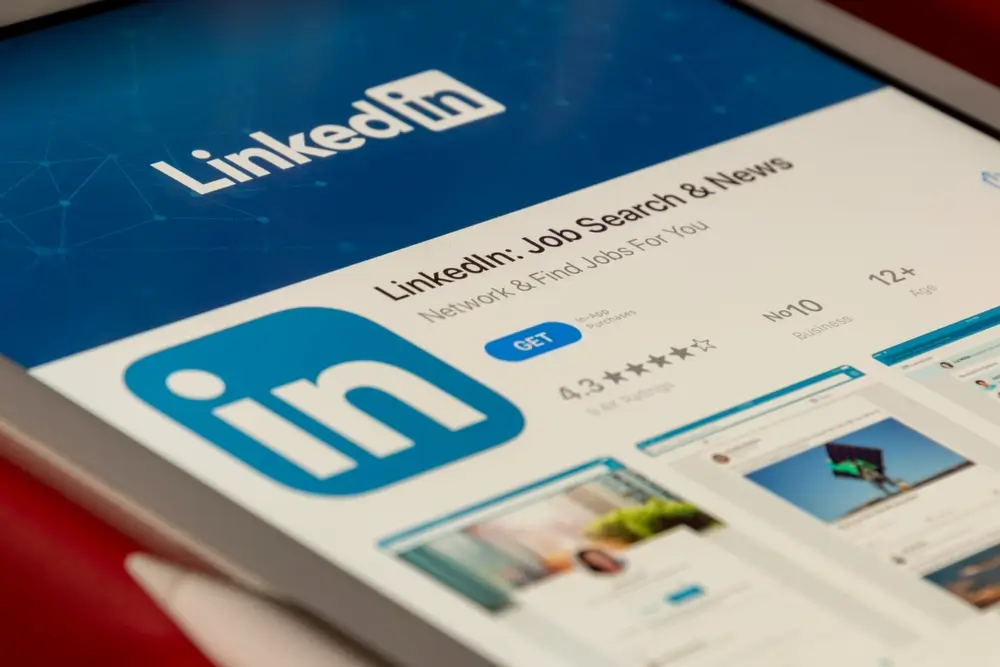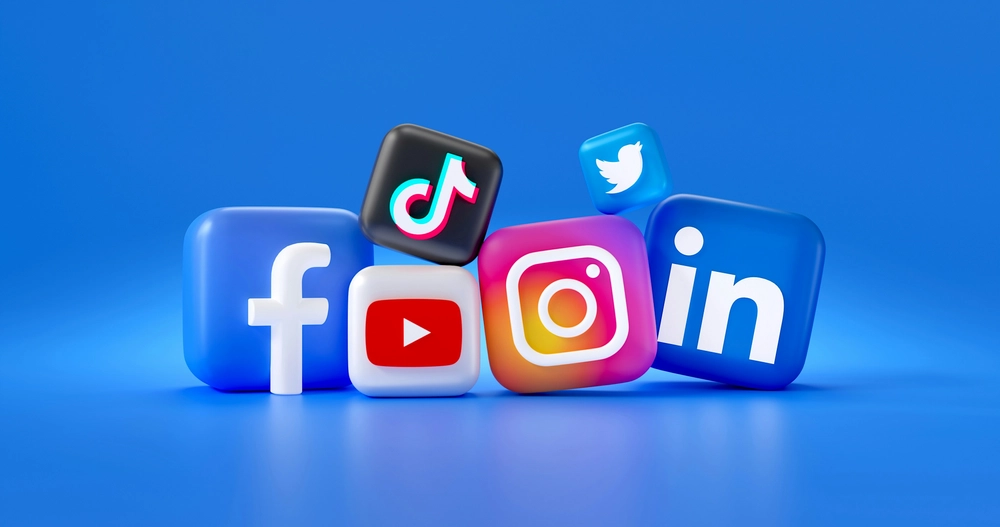Feeling like just another face in the crowd of Google’s advertising empire? Sure, Google Ads is the heavyweight champion in the PPC arena, but there’s a whole world of alternative platforms just waiting to be discovered. Smart marketers know that diversifying your ad strategy can lead to impressive results, and it’s time you joined the ranks of those who dare to explore beyond the obvious.
In this guide, we’re diving deep into alternative PPC platforms that can elevate your advertising game. We’ll break down some exciting options that fly under the radar and show you how these underrated players can supercharge your ad strategy. Get ready to uncover fresh ways to expand your reach, boost your ROI, and really make your campaigns pop. So, buckle up and let’s explore the unique benefits these alternative platforms have to offer—you might just find your next big opportunity waiting for you!
Grasping the Importance of Diversification
The Google Gamble
Google Ads, formerly AdWords, has been a top choice for PPC advertising, putting your ads in front of a huge audience and letting you target specific groups. It’s like having a megaphone in a crowd, but it doesn’t come cheap.
As more businesses jump on board, the cost for prime keywords keeps rising. It’s like trying to score a front-row seat at a sold-out concert—everyone’s bidding for it. This can be tough for smaller businesses with tight budgets.
For example, a local bakery used to get clicks for a few bucks, but now, with bigger brands driving up costs, their ad expenses have skyrocketed. Plus, relying solely on Google Ads means you’re at the mercy of shifting algorithms and policies, which can turn your ad strategy into a rollercoaster ride.
In short, Google Ads is a powerful tool but comes with risks. Be prepared for fluctuating costs and policy changes if it’s your main strategy.
The Case for Diversification
When it comes to PPC advertising, it’s time to rethink your strategy—don’t just load up on Google’s side. Imagine keeping all your money stashed under one mattress, it’s risky, right? Diversifying your ad spend is like spreading your investments across multiple platforms to ensure you’re not putting all your eggs in one basket. By smartly distributing your budget among various PPC platforms, you can not only mitigate risk but also take advantage of the unique benefits that each platform has to offer.
Each advertising platform has its own strengths, audience, and features that can enhance your marketing efforts. For instance, while Google Ads is fantastic for reaching users actively searching for specific products or services, platforms like Facebook or Instagram offer unparalleled opportunities for visual storytelling and targeting demographics based on interests and behaviors. This diversity allows you to create a more well-rounded ad strategy, helping you engage with potential customers in different contexts and stages of their buying journey.
Furthermore, by mixing it up, you’re not only hedging against the potential pitfalls of relying solely on one source but also tapping into exclusive advantages from other PPC players. Some platforms might provide lower cost-per-click rates, while others may allow for innovative ad formats that captivate your audience. In short, it’s about playing the field strategically, ensuring that you’re making the most of your advertising budget while maximizing your reach. So, as you plan your next PPC campaign, remember: diversification isn’t just a safety net, it’s a smart strategy for boosting your online presence and achieving better results.
Exploring Alternative PPC Platforms
1. Bing Ads
So, Bing Ads might not be the superstar of the search engine world like Google, but it’s got some serious perks for savvy advertisers looking to stretch their reach. With over a billion searches cruising through the Bing network every month, this platform gives you a shot at tapping into potential customers who might slip through the cracks on Google.
Why Bing Ads Are Worth Your Time:
- Less Competition, Lower Costs: Bing doesn’t have as many advertisers as Google, so the cost per click (CPC) is usually lower. That’s like getting a discount on your prime advertising real estate. You can stretch your ad budget further on Bing, making it a solid choice if you’re looking to get more for your money.
- Unique Audience Targeting: Bing’s user base isn’t quite the same as Google’s, which means you’re reaching a different set of eyes. This can be a game-changer, as these users might respond in unexpected ways, giving your ads a fresh twist and a new angle to explore. If you’re up for experimenting with different demographics and seeing how they interact with your ads, Bing’s the playground you might want to check out.
2. Facebook Ads

When it comes to social media, Facebook is the heavyweight champ. It doesn’t just let you target based on age or location; it’s got some top-notch tools for diving deep into what people are really into, how they behave, and even what’s on their shopping list. With Facebook Ads, you can get right down to the specifics of who you’re trying to reach, almost like having a supercharged magnifying glass for your audience.
Why Facebook Ads Are a Game-Changer:
- Pinpoint Targeting: Facebook’s treasure trove of user data allows you to drill down into details like hobbies, browsing habits, and how people engage with your brand. This means you can create highly targeted ads that speak directly to the interests and needs of your ideal customers, making your campaigns way more effective.
- Diverse Engagement Options: Facebook isn’t just about static ads; it offers a smorgasbord of formats to choose from. Whether you want to go with eye-catching video ads, carousel ads that showcase multiple products, or immersive canvas ads, you’ve got options to keep things fresh and engaging. This variety helps you experiment with different approaches and find out what resonates best with your audience, keeping them interested and eager to engage.
3. LinkedIn Ads

If you’re in the B2B game, LinkedIn Ads are like having a VIP pass to the professionals’ club. You’re not just throwing your pitch into the wind, you’re getting in front of people who live and breathe business decisions. Think of LinkedIn as a giant business conference where everyone’s here to talk shop, make connections, and see what new products or services could level up their company. That’s where you come in, with LinkedIn Ads as your direct line to the people who matter most.
Why LinkedIn Ads Work So Well:
- Laser-Focused Audience: You’re not wasting time with random people who aren’t even in your industry. With LinkedIn, you can zoom in on professionals based on their job title, company size, and more. It’s like being able to walk straight up to the decision-makers and pitch your solution without all the fluff. Whether you want to reach CEOs of tech startups or marketing heads at Fortune 500 companies, LinkedIn lets you hit that sweet spot.
- Position Yourself as the Go-To Expert: LinkedIn isn’t just a place to advertise; it’s also where you can show off your thought leadership. When you post sponsored content, insightful articles, or in-depth industry reports, you’re letting people know you’re not just another company – you’re a brand that knows its stuff. This builds trust, which makes decision-makers more likely to turn to you when they’re ready to make big purchasing decisions.
Maximizing the Benefits of Alternative PPC Platforms
1. Audience Segmentation
When it comes to running ads, one size definitely doesn’t fit all. Tailoring your ads to match the specific audience and vibe of each platform is key to getting the best results. For instance, what resonates with users on Facebook might totally miss the mark on LinkedIn or Bing. Each platform has its own unique user base, interests, and expectations.
So, think of it this way: on Facebook, people are scrolling through to catch up with friends, so your ads should be fun and engaging, maybe even a little informal. In contrast, LinkedIn is all about professional networking, so your content should have a more polished, business-oriented tone. And don’t forget about Bing—its audience might be looking for something different altogether, like practicality and straightforward solutions.
By adjusting your approach to fit the crowd, you’re not just throwing darts in the dark; you’re hitting the bullseye. This means higher engagement, better click-through rates, and ultimately, a more successful ad campaign.
2. Creative Experimentation
When it comes to running your PPC campaigns, don’t be afraid to mix things up! Creative experimentation is all about trying out different ad styles, messaging, and visuals across various platforms. This flexibility allows you to discover what truly resonates with your audience.
Think of it as a lab experiment—sometimes, the wildest ideas turn out to be the most effective! For example, you might try eye-catching video ads on social media, while opting for sleek, professional graphics on LinkedIn. Or maybe a playful tone works well on Facebook, but a more straightforward approach is what your Bing audience prefers.
By testing different concepts, you can gather valuable insights into what drives results and what doesn’t. This iterative process not only helps you refine your strategy but also keeps your campaigns fresh and engaging. So, get out there, play around, and let your creativity flow—you might just stumble upon the winning formula that takes your ads to the next level.
3. Performance Tracking
Don’t sleep on the analytics tools available on each PPC platform—they’re your best friends when it comes to understanding how your ads are performing. Keeping tabs on your campaigns in real-time is crucial for maximizing your success.
Make it a habit to check in on key metrics like click-through rates (CTR), conversion rates, and return on ad spend (ROAS). These numbers are like your ad’s vital signs, telling you what’s working and what needs a little tweaking. If you notice a drop in CTR, it might be time to refresh your ad copy or visuals. On the flip side, if a particular campaign is raking in conversions, consider scaling it up to make the most of that success!
Regular performance tracking helps you fine-tune your campaigns and ensures you’re getting the best bang for your buck. Plus, staying proactive allows you to make informed decisions, ultimately leading to improved results and a stronger ROI.
In Wrapping Up
Google Ads is undeniably a major player in the PPC landscape, but if you’re sticking solely with it, you might be missing out on valuable opportunities. Exploring other platforms like Bing Ads, Facebook Ads, and LinkedIn Ads can help you reach fresh audiences and test new strategies. Each of these platforms has unique advantages—Bing offers lower costs and less competition, Facebook allows for deep audience targeting, and LinkedIn is perfect for connecting with professionals.
Why limit yourself to just Google when a world of potential awaits on these other platforms? A little exploration could lead to your next PPC breakthrough. If you need a hand navigating this diverse landscape, check out our PPC advertising services to help maximize your ad strategy!



